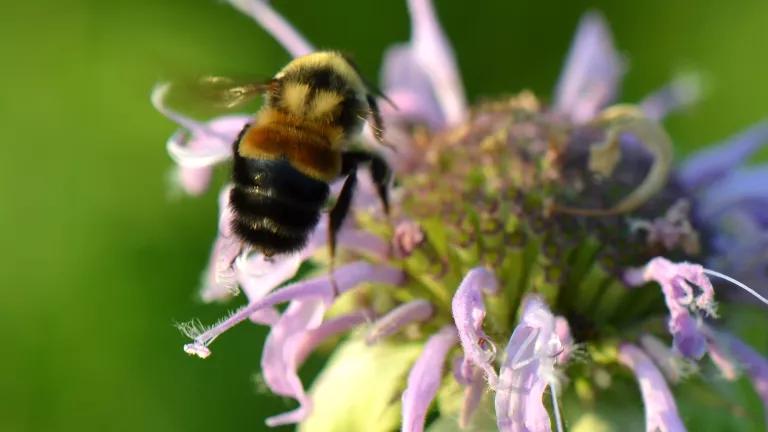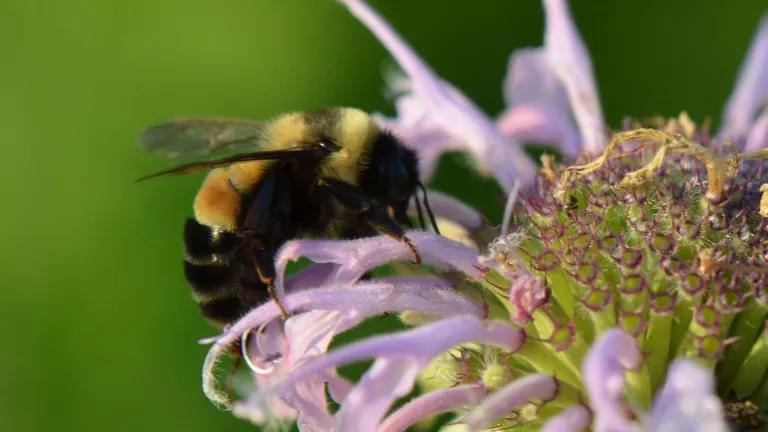EPA: Neonics Likely Driving 200+ Species Toward Extinction
U.S. EPA's unprecedented findings confirm that widespread neonic pesticide use threatens critical pollinators, other wildlife, and whole ecosystems.
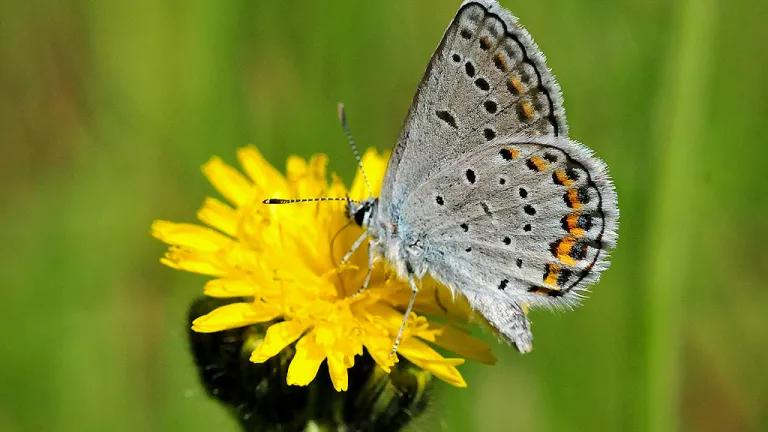
An endangered Karner blue butterfly resting on a dandelion flower.
A new assessment by the U.S. Environmental Protection Agency (EPA) predicts that the three most commonly-used neonicotinoid insecticides (AKA “neonics”) likely jeopardize the continued existence of over 200 threatened and endangered species—or about 11% of the entire endangered species list—including pollinators like the rusty patched bumble bee, Hine’s emerald dragonfly, and Karner blue butterfly.
This astounding and unprecedented announcement marks a significant shift in EPA’s tone toward neonics, and confirms the pesticides’ status as among the most ecologically disastrous since DDT. Despite that, however, EPA’s assessment also misses the mark in many critical areas, leading the agency to continue to underestimate the vast scope of neonics’ harms.
Ecosystem-Wide Impacts
Neonics are the most commonly used insecticides worldwide. Their use skyrocketed in the mid-2000s, just as losses of bee colonies nationwide similarly hit the roof. Twenty years of research now identifies neonics not only as a leading driver of these mass losses, but connects their use to similar bird declines, collapsing aquatic ecosystems, and significant risks to human health.
Neonics are uniquely problematic for bees—and ecosystems—for three main reasons:
- They are extraordinarily toxic. Just one corn seed treated coated with a neonic pesticide can contain enough toxin to kill about a quarter of a million bees or a small songbird. Even lower, nonlethal levels weaken and impair wildlife, making it harder for bees, birds, and other species to survive and reproduce.
They are used everywhere. Neonics are approved for use on over 140 crops, and on lawns, parks, gardens, and trees in urban and suburban areas. EPA estimates that neonics are used on millions of acres each year.
Shockingly, that total also does not account for likely the most widespread use of neonics: “treated” seeds—crop seeds that have been coated with pesticides prior to planting. In the U.S., nearly all conventional corn, more than half of soybean, and a wide variety of other crops are grown from neonic-treated seeds—covering hundreds of millions of acres nationwide. But an EPA-created loophole allows them to escape nearly all regulations designed to protect people and ecosystems from pesticides.
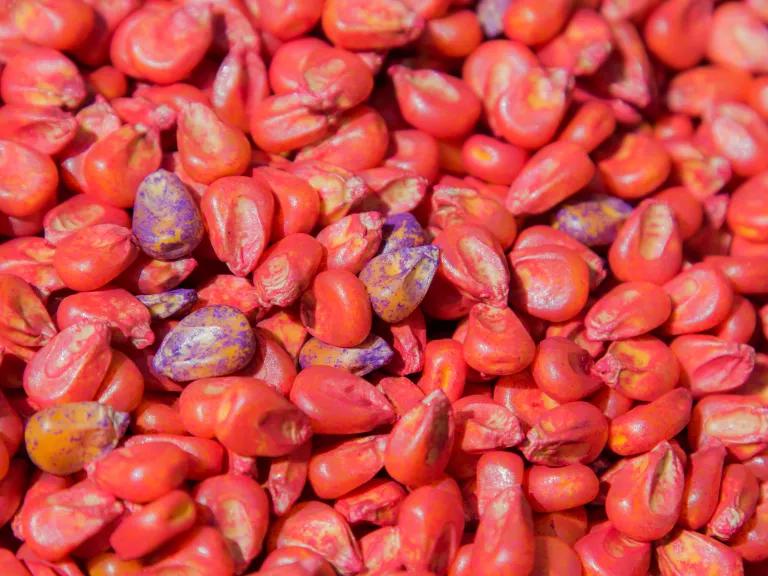
Neonics are uniquely good at contaminating the environment far beyond where they are applied. Neonics are highly mobile and long-lasting in the environment. Because they dissolve readily in water, they easily run off treated areas in irrigation or rainwater. As a result, neonics are found in streams, other surface waters, and groundwater across the country, with disastrous effects on aquatic life.
Runoff is not the only concern. When sprayed on crops, droplets drift through the air to contaminate nearby plants, soil, and water. And when neonic-treated seeds are planted, part of the coating is often rubbed off by mechanical seeding machines, creating clouds of pesticidal dust drifting through the air and contaminating ecosystems.
Harms to Endangered Species
For decades, EPA has approved pesticide after pesticide without considering their impacts on threatened and endangered species, which blatantly violated the Endangered Species Act (ESA). Neonics were no exception to this policy, which is why NRDC sued EPA in 2017, resulting in a settlement that required EPA to analyze the impacts of several neonic chemicals on ESA-listed species.
EPA has since come out with a string of determinations about the ecological impacts of neonics. In 2021, the agency found that widespread use of imidacloprid (a neonic chemical at issue in NRDC’s lawsuit) was likely to harm nearly 80% of listed species, or 1,445 already-imperiled creatures. EPA also found that two other neonics—clothianidin and thiamethoxam—harmed a similar number.
EPA’s latest report further refines these analyses to focus on the species most impacted by neonic use, finding that the chemicals are likely “jeopardize” over 200 species. In other words, EPA predicts that use of neonics will push these 200+ species even closer to extinction.
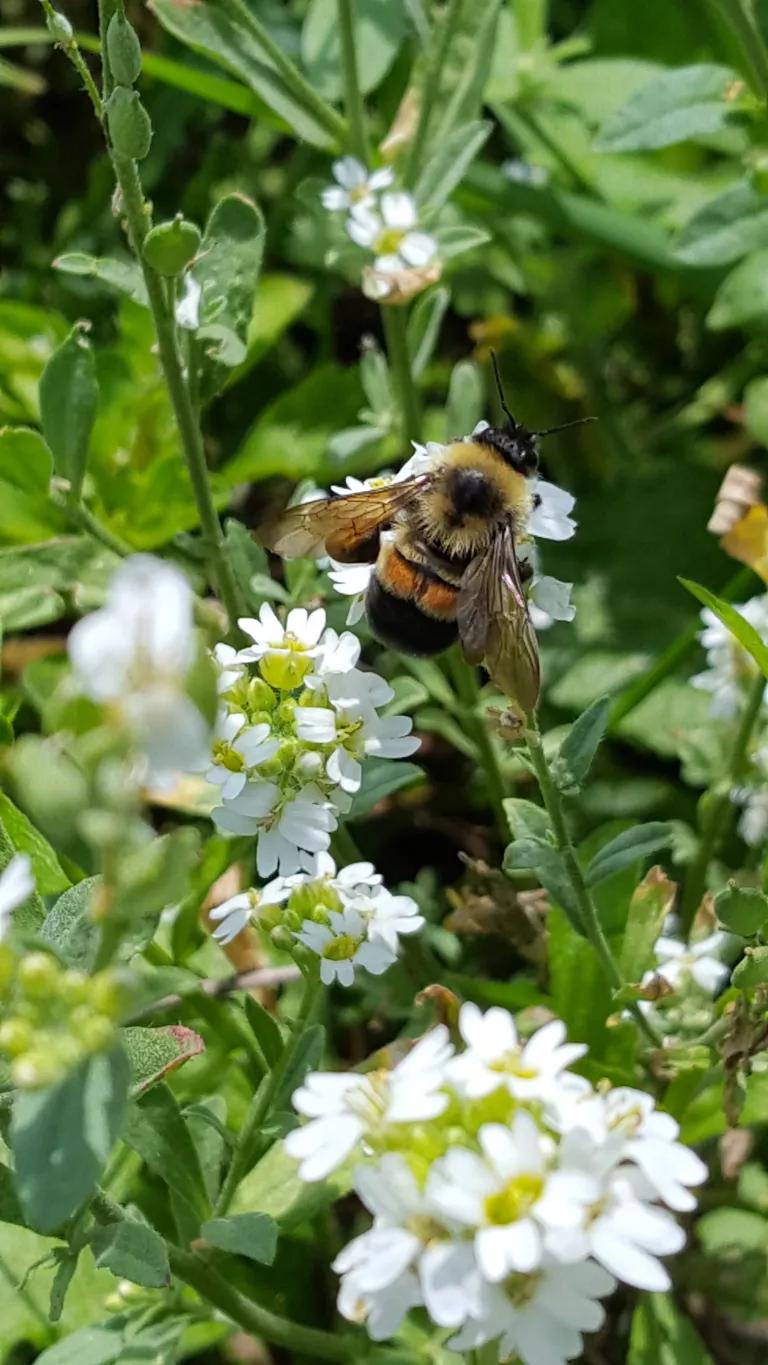
That is a staggering and unprecedented number—but it probably should have been higher. EPA’s analysis falls short in important ways, underestimating the scope of neonics’ harms. Foremost, it ignored off-site migration of neonic seed treatments as runoff or planter drift. Research links neonic seed treatments with massive contamination of waterways in agricultural areas of the Midwest and shows that it is nearly impossible for bees to avoid planter dust in these heavy corn-producing regions. Given neonics’ mobility and persistence in soils, it is no surprise that seed treatments are moving through the soil, contaminating all manner of plants and ecosystems on their way to waterways, where they wreak further havoc on wildlife.
Regardless of these shortcomings, EPA’s next step is critical. It isn’t enough to predict that neonics are pushing hundreds of imperiled species toward extinction; the agency must now stop the pesticidal onslaught before it’s too late. EPA has regulatory tools at its disposal, including its 15-year review of neonics, a revised version of which is anticipated this fall. This review presents an opportunity to prohibit or severely restrict widespread uses of neonics that are both harmful and unnecessary, and we’ll be fighting every step of the way to ensure that happens.


